team paper is one assignment and the other 3 is connected to each other
| | College of Business Studies |
| Academic Year 2020 – 2021, Semester Summer |
| Leadership Skills BSG 304 | CLO: 1,2 | |
|
Total Marks: 100 | ||
| Orientation paper (solution) for Individual Assignment no.2 | ||
Issues to be addressed:
Explain differences of leadership roles in public and private sector best-fitting leadership styles suitable for public and private sector
There are different leadership styles. Having in mind the nature of public sector, most common leadership style there at the lower level: commanding and pacesetting. At the higher level you may find visionary leadership styles. Students should indicate characteristics of different styles that are best fitting for public and private sector
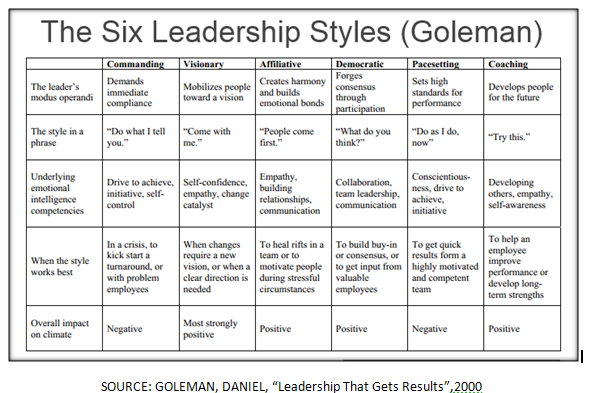
How leaders make decision in public and private sector (Rational model vs bounded rationality and intuition) in terms of employee promotion
Rational decision-making processes (most common in private sector) consist of a sequence of steps designed to rationally develop a desired solution. Intuitive decision making (most common in public sector) is almost the opposite, being more instinctive, subjective and subconscious in nature. ... It is in this context that a more intuitive approach often develops.
Body of the EssayIssues to be addressed:
Identify major challenges for job satisfaction in public and private sector
Students should indicate what are major needs and expectations (differences) for public and private employees.

Then, how they differently react to dissatisfaction.
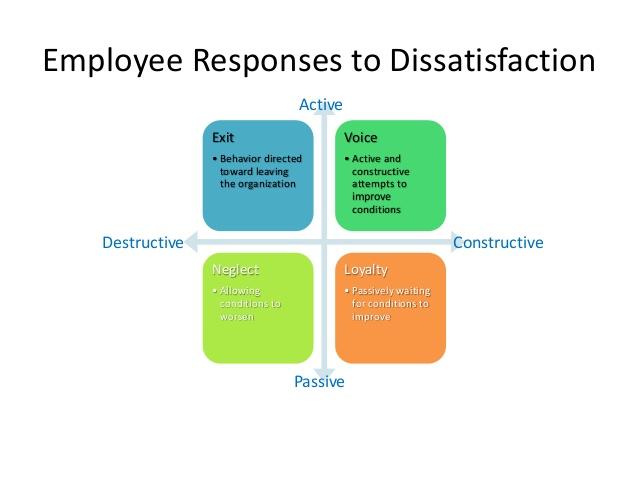
What are the most suitable reward systems in public and private sector from the point of view of:
Maslow Hierarchy of Needs
Employees in private sector has no secure jobs so they look more on existence and partially on belonging needs. Employees in public sector has more secured jobs so they are not worried about security; they are focused on growth needs.
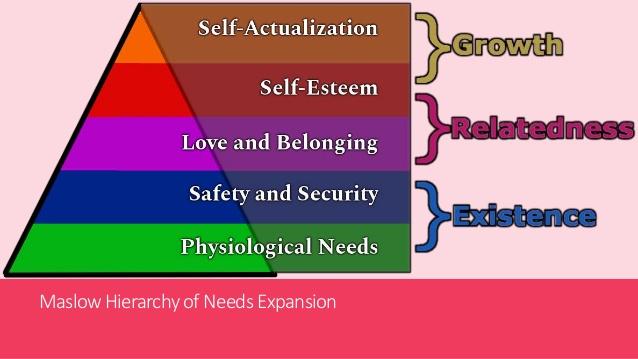
Herzberg Theory and hygiene and motivation factors
Explain how these factors are seen from the point of view of employees in public and private sector.
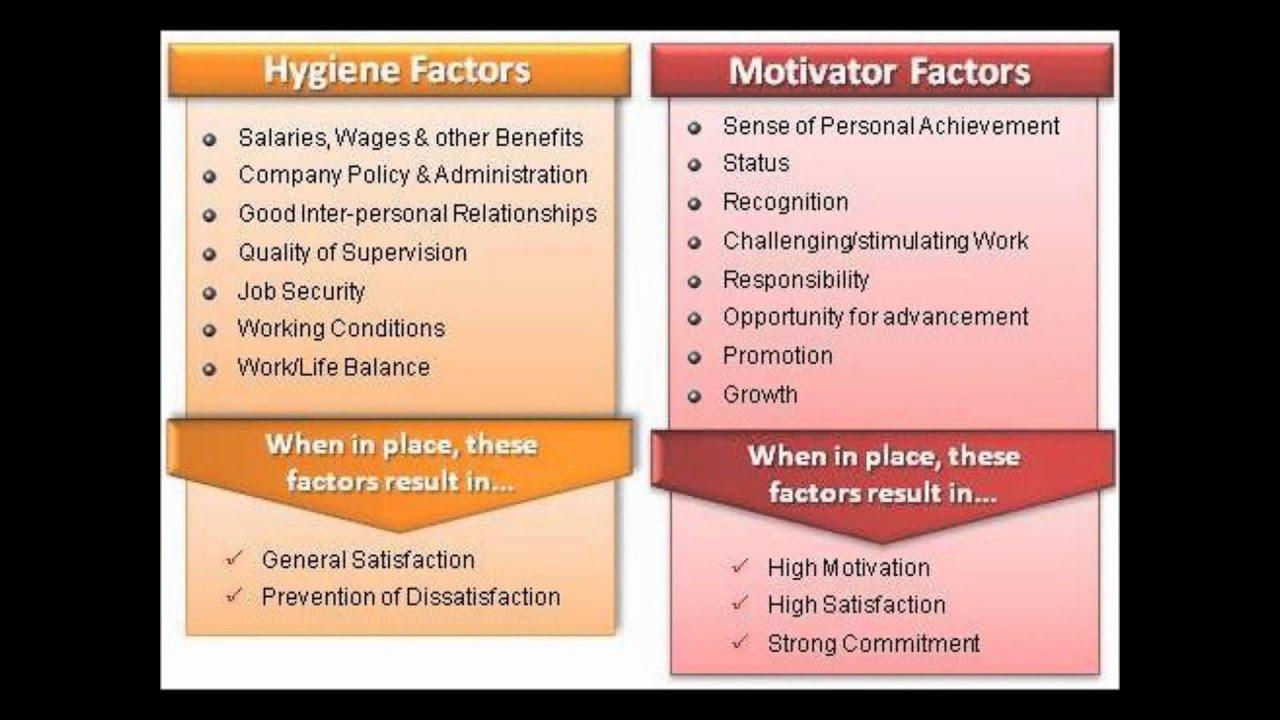
Extrinsic motivation and Intrinsic motivation factors
Students should identify what motivational factors are most common in public vs. private sector. Usually employees in public sector seek more extrinsic motivational factors (promotion, bonusses) because of the nature of their work. In public organization legal constrains do not usually support payment of bonusses and employees seek more from purpose, growth….
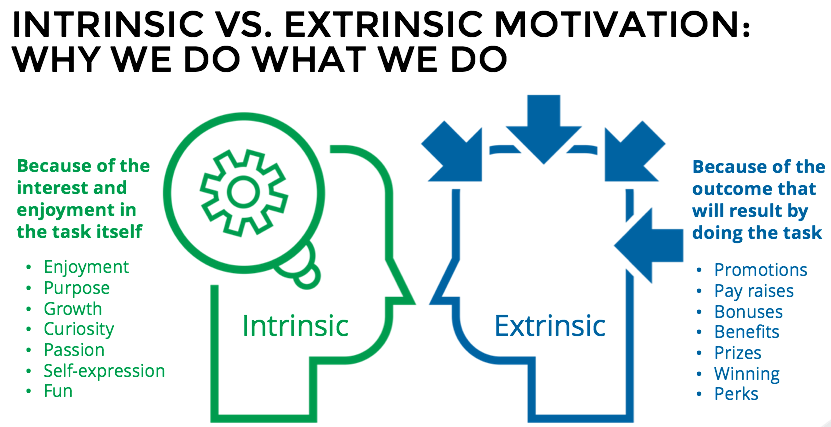
Give opinion how Performance Bell Curve can be applied as a tool for employee recognition in public and private sector
Does usually those who are top performers in public and private sector are being promoted and what are consequences when those who do not deserve are being promoted in both sectors?
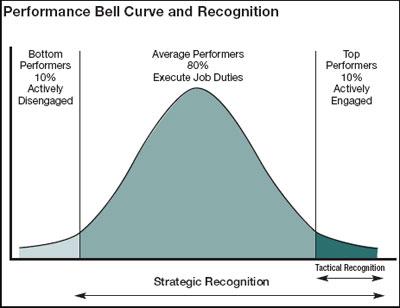
Explain how to implement leadership pipeline in public and private sector avoiding Peter principle
The Peter principle is a concept in management developed by Laurence J. Peter, which observes that people in a hierarchy tend to rise to their "level of incompetence": an employee is promoted based on their success in previous jobs until they reach a level at which they are no longer competent, as skills in one job do not necessarily translate to another. Thus, it is necessary to analyze performance of employees and their potential, and this should be an input for promotional strategy. Make a link with Sample Nine-Block Framework.

Analyze the possibility to implement Sample Nine-Block Framework as a tool for promotion in public and private sector
By using Sample Nine-Block Framework, you may evaluate your employees by looking on their potential and performance. After employee performance review is done, you can put them in some of these blocks. Then you can see what the best strategy for their promotion is. Differences between the possibility to implement the same strategies in public and private sector lies in different of the level of contractual protection of employees in public and private sector. Usually, public employees are more protected, and they are promoted following legal procedure. In business sectors managers have more autonomy to take promotional decisions.
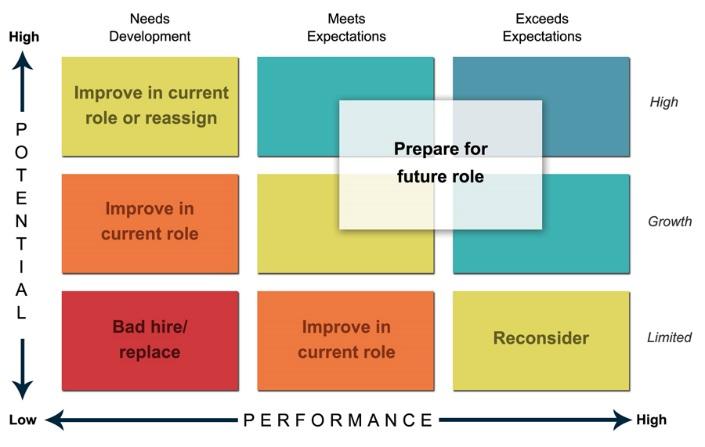
Issues to be addressed:
Propose suitable reward system, promotion strategies and job redesign techniques for public and private sector
Students should make recommendation for both sectors. Purpose some concrete programs (package) for both…


List all the references (bibliography) student has used in preparation of this essay. Include at least one and up to 3 bibliographic sources.
------------------------------------------------------------------------------------------------------------
Instructions:
Students are invited to prepare their individual contribution in the form of an essay about the differences of decision making, job satisfaction and leadership roles comparing public and private sector.In their essay student should:
Explain differences of leadership roles in public and private sector best-fitting leadership styles suitable for public and private sector
How leaders make decision in public and private sector (Rational model vs bounded rationality and intuition) in terms of employee promotion
Identify major challenges for job satisfaction in public and private sector
What are the most suitable reward systems in public and private sector from the point of view of:
Maslow Hierarchy of Needs
Herzberg Theory and hygiene and motivation factors
Extrinsic motivation and Intrinsic motivation factors
Give opinion how Performance Bell Curve can be applied as a tool for employee recognition in public and private sector
Explain how to implement leadership pipeline in public and private sector avoiding Peter principle
Analyze the possibility to implement Sample Nine-Block Framework as a tool for promotion in public and private sector
Propose suitable reward system, promotion strategies and job redesign techniques for public and private sector
This assignment will address the following course learning objectives:
CLO-1: Demonstrate an understanding of the traditional concepts and theories of Leadership.
CLO-2: Demonstrate an understanding of the importance of change, motivation, power, and team dynamics for effective leadership.
In preparation of this essay, you should stick with regular expectations:
- The essay should be consisted of 1.000 words (minimal)
- Distribute your text evenly between the margins (align your text from both sides)
- You must use your own words and expand your answers always applying class materials and terminology. Link existing literature with practice.
- The level of written English should be satisfactory (grammar, syntax)
- Be very careful to avoid potential plagiarism since this is not acceptable. For this expectation you are invited to follow commonly accepted citation & reference models and formats. Maximum similarity allowed is 20% using Safe Assign.
- In grading this assignment, the following weighting criteria will be used:
Organization of paper
Level of Content
Critical thinking
Grammar & Mechanics
Format & Style
GRADING RUBRICS
| Criteria | Weight | Inadequate (25%) | Adequate (50%) | Average (75%) | Above average (100%) |
| Organization of paper | 20 | Writing lacks logical organization. It shows some coherence, but ideas lack unity. Serious errors. | Writing is coherent and logically organized. Some points remain misplaced and stray from the topic. Transitions evident but not used throughout essay. | Writing is coherent and logically organized with transitions used between ideas and paragraphs to create coherence. Overall unity of ideas is present. | Writing shows high degree of attention to logic and reasoning of points. Unity clearly leads the reader to the conclusion and stirs thought regarding the topic. |
| Level of Content | 30 | Shows some thinking and reasoning but most ideas are underdeveloped and unoriginal. Requested issues are not tackled. | Content indicates thinking and reasoning applied with original thought on a few ideas. Only few requested issues are tackled. | Content indicates original thinking and develops ideas with enough and firm evidence. Requested issues are tackled in substantive volume. | Content indicates synthesis of ideas, in- depth analysis and evidences original thought and support for the topic. All requested issues are fully tackled. |
| Critical thinking | 20 | Main points lack detailed development. Ideas are vague with little evidence of critical thinking. | Main points are present with limited detail and development. Some critical thinking is present. | Main points well developed with quality supporting details and quantity. Critical thinking is weaved into points | Main points well developed with high quality and quantity support. Reveals high degree of critical thinking. |
| Grammar & Mechanics | 15 | Spelling, punctuation, and grammatical errors create distraction, making reading difficult; fragments, comma splices, run-ons evident. Errors are frequent. | Most spelling, punctuation, and grammar correct allowing reader to progress though essay. Some errors remain. | Essay has few spelling, punctuation, and grammatical errors allowing reader to follow ideas clearly. Very few fragments or run-ons. | Essay is free of distracting spelling, punctuation, and grammatical errors; absent of fragments, comma splices, and run-ons. |
| Format & Style | 15 | Fails to follow format and assignment requirements; incorrect margins, spacing and indentation; neatness of essay needs attention. Mostly in elementary form with little or no variety in sentence structure, diction, rhetorical devices or emphasis. | Meets format and assignment requirements; generally correct margins, spacing, and indentations; essay is neat but may have some assembly errors. Approaches college level usage of some variety in sentence patterns, diction, and rhetorical devices. | Meets format and assignment requirements; margins, spacing, and indentations are correct; essay is neat and correctly assembled. Attains college level style; tone is appropriate and rhetorical devices used to enhance content; sentence variety used effectively. | Meets all formal and assignment requirements and evidences attention to detail; all margins, spacing and indentations are correct; essay is neat and correctly assembled with professional look. Shows outstanding style going beyond usual college level; rhetorical devices and tone used effectively; creative use of sentence structure and coordination |



